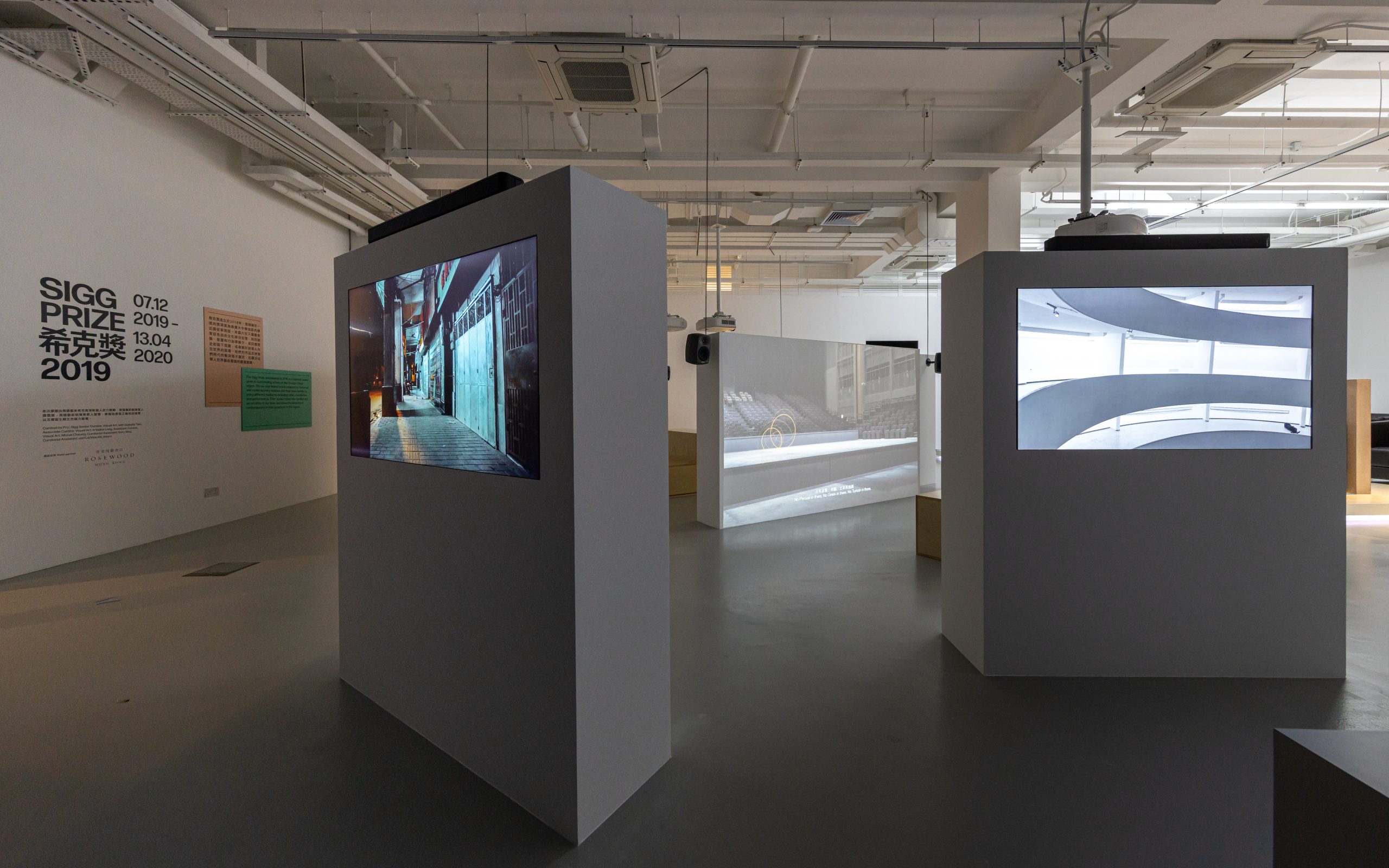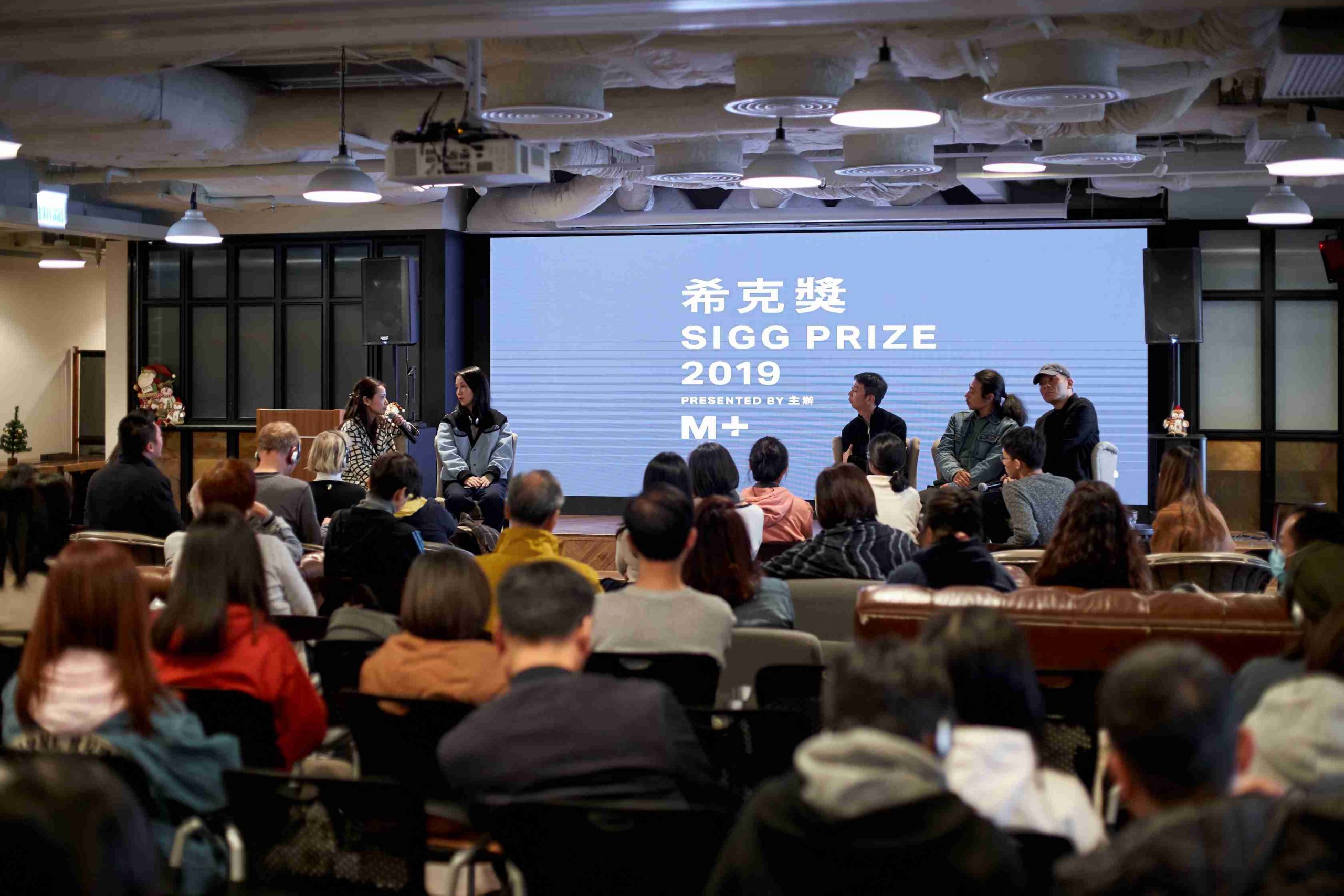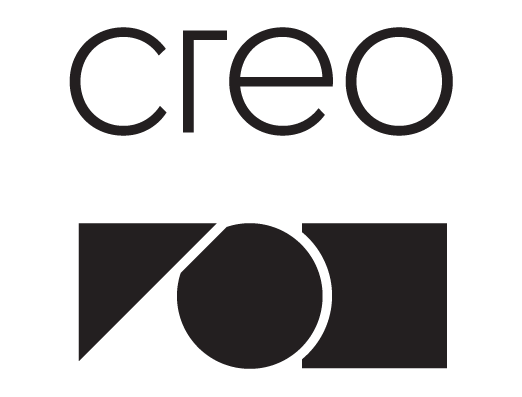Next up in TALKING POINTS, our fortnightly series where this year’s Exposure Award judges answer our quick-fire questions, is Isabelle Tam. Associate Curator at M+ Hong Kong, a visual culture museum in Hong Kong, her areas of expertise include the M+ Sigg Collection of Chinese contemporary art and photography from East Asia. She answers our questions.

© Aerial view of the M+ building in 2021. Courtesy of M+, Hong Kong
What are the benefits for emerging galleries participating in programs like the Exposure Award?
It’s a great platform to highlight outstanding practice which can then be shared and discussed with leading voices in the field. The recipient will then be promoted to a wider audience.
Is there anything in particular you are hoping to see in the submissions?
With the advancement of technology and social media, the definition of photography is becoming more and more blurred. It will be great to see submissions that demonstrate a fresh take on photography or image creation, as well as works that resonate with the world today.
What are your three tips for galleries that are thinking about applying?
Think about artists using photography in dialogue with other media. Make sure you provide a clear description of the work and justify why you have nominated that particular artist for the award. Consider the quality and the completeness of the work and how it offers a new perspective on the photographic medium.

© Installation view showing works of Shen Xin and Lin Yin at the Sigg Prize 2019. Courtesy of M+, Hong Kong
Your expertise is in Chinese contemporary art and photography in East Asia, how would you describe the photo-based work created by today’s leading artists in Asia?
History remains a very important topic in the works created from this region. Rather than dealing with the past in a direct and straightforward way, artists consider history as a way for them to uncover micro stories often buried by the macro narrative. I’m particularly interested by artists who are researching and activating archives as a way to offer a fresh look at history and to frame it to be relevant to now. Living in a time when imagery is created at an exponential rate, I’m also excited to see artists using the internet and digital images as sources to create their work. Over the past few years I’ve seen the increasing visibility of female photographers in Asia and their works being appreciated by the wider public.
Tell us about your career as a curator.
My career has always been tied to one institution but I’d welcome the opportunity of collaborating with other museums and galleries in the future. I often see a young or emerging artist for a much longer period, so I have a sound understanding of his or her trajectory and can start conversations about their work in comparison to other key pieces in an institution’s collection – in my case, M+ Hong Kong.
Compared with curating and showcasing young artists in a gallery setting, we are lucky at M+ Hong Kong to have less pressure from the art market. We are not a gallery that has to sell images to survive. We are looking for young artists who create outstanding works that offer a fresh perspective for photo-based work, is relevant to our time and can engage their audience.

© Moderating In Conversation with Hu Xiaoyuan, Liang Shuo, Lin Yilian and Tao Hui: How Can Art ‘Rescue’ Our World?, Sigg Prize 2019. Courtesy of M+, Hong Kong
Tell us about the online project you led, Mapping Sigg Collection. What did you discover about how people interact with art on virtual platforms?
The original idea when creating the Mapping Sigg Collection was to allow us to show the depth of the M+ Collection. The digital platform allows us to show more works from this important collection without needing a gallery space. More importantly, the digital environment is very useful for us to visualise and overlay multiple concepts at the same time. It is a very democratic environment where our audience can choose either to browse the collection, or to go deeper for more specific content and to explore multiple works by the same artist, or multiple works by different artists but are related to a specific cultural / art context. It’s a very useful tool to engage different levels of audience.
